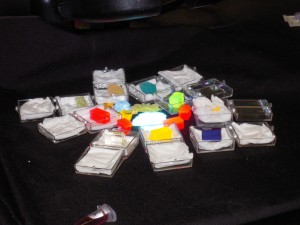As we walked to our daily movie today, Brent stopped and pointed to the sky,
“I like looking at the sky from here because the yellow leaves make the sky look purple.” We looked up; it was true, the light must have bent differently.
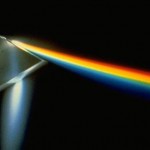 And I could not help thinking that the theme of today was not so much about materials as it was about capturing, obtaining, and getting inspired by light. Light can be used as the ultimate connection between the arts and the sciences, it has existed since the beginning of time, uniting in its wavelengths the scientific purpose and the artistic inspiration. So today I will make a short timeline relating to everything we learned ( and some things we didn’t) about light.
And I could not help thinking that the theme of today was not so much about materials as it was about capturing, obtaining, and getting inspired by light. Light can be used as the ultimate connection between the arts and the sciences, it has existed since the beginning of time, uniting in its wavelengths the scientific purpose and the artistic inspiration. So today I will make a short timeline relating to everything we learned ( and some things we didn’t) about light.
The sun forms- this ball of celestial gas remains our main energy source. If only we could harness the energy of the sun a lot of the problems on Earth would come to a quick resolution.
Life evolves to capture and even give off light; plant like protists called algae exhibit bioluminescence. Millions of years later, researchers are trying to determine their viability as a storage place for harnessed solar power.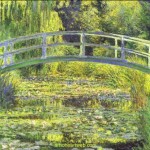
Research is done by Isaac Newton to better understand the qualities and properties of light.
Gothic cathedrals are constructed in a way so that they would let in the light and inspire the churchgoers ( rather than terrify them as was done in the medieval era).
The Paintings of Monet who meticulously studied the effects of light upon landscapes that he chose to paint.
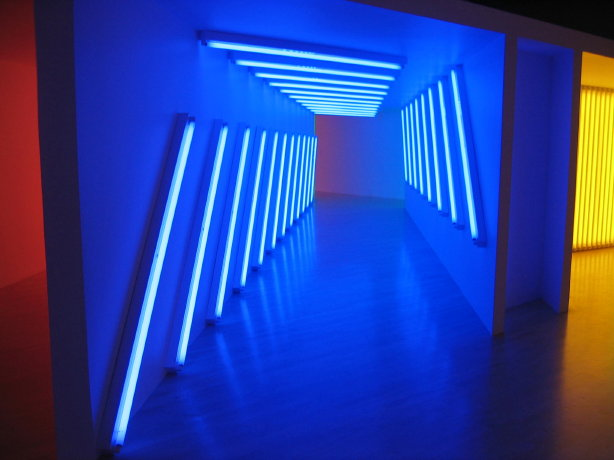 Electricity is used to light up our homes.
Electricity is used to light up our homes.
LACMA hosts Flavin’s exhibit entirely focused on the hypnotic and rejuvenating qualities of light.
So what is the conclusion to be drawn from this? We often think of science and art as being on different wavelengths, but in the end their medium is the same.
http://www.huntfor.com/arthistory/c19th/impressionism.htm
http://www.huliq.com/11186/dan-flavin-s-light-works-illuminate-at-lacma
http://www.fordham.edu/halsall/mod/newton-Optics.html
http://www.alternative-energy-news.info/technology/solar-power/
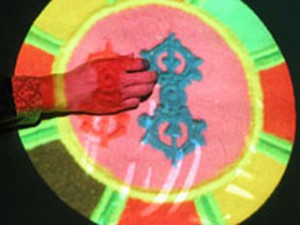
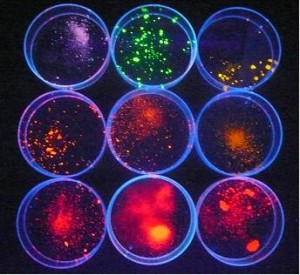

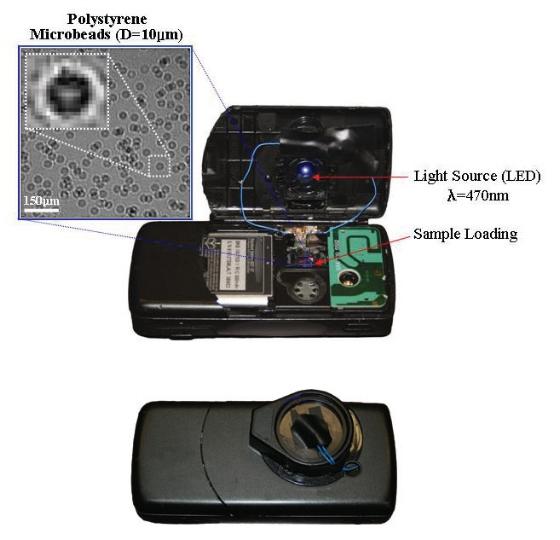 Dr. Aydogan Ozcan demonstrated to us LUCAS imaging technology, which utilizes a mobile phone equipped with a lensfree imaging tool. Then, holographic “shadowlike” images of the patient’s blood can be sent from the phone, or uploaded to a computer, to specialists for analysis, who can then text back results. This can provide for portable and inexpensive blood analysis which can open doors to health care for many people in developing countries who have no access to basic medical care yet. In an age of exponentially increasing globalization, it seems only natural that health care will also become increasingly mobile, so that doctors across the world will be connected and that specialists will able to analyze patients from other countries to increase efficiency and accuracy.
Dr. Aydogan Ozcan demonstrated to us LUCAS imaging technology, which utilizes a mobile phone equipped with a lensfree imaging tool. Then, holographic “shadowlike” images of the patient’s blood can be sent from the phone, or uploaded to a computer, to specialists for analysis, who can then text back results. This can provide for portable and inexpensive blood analysis which can open doors to health care for many people in developing countries who have no access to basic medical care yet. In an age of exponentially increasing globalization, it seems only natural that health care will also become increasingly mobile, so that doctors across the world will be connected and that specialists will able to analyze patients from other countries to increase efficiency and accuracy. 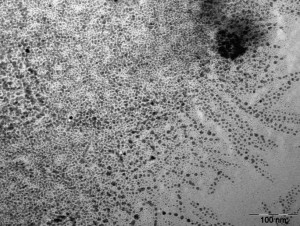
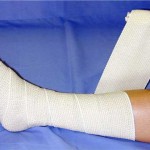

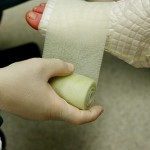



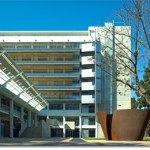

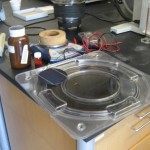
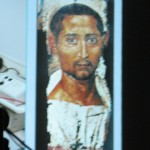
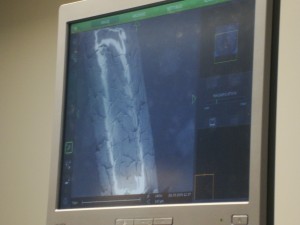

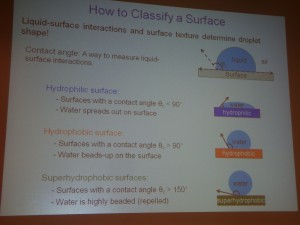
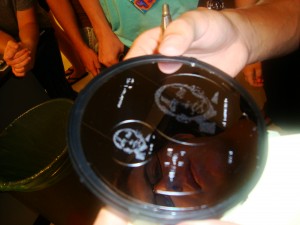


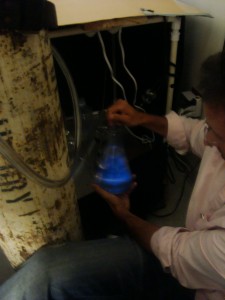
 Then seeing the algae in Dr. Yang Yang’s lab and how it gave off a blue color when agitated made me see how important color was and how much it can tell you about its properties. The lab chose to use an alga that produces a blue glow because the blue color tells us it is the smallest but contains the most energy. The algae use this trait as a defense mechanism against predators. Instead of having a way to disguise themselves or blend in with their surroundings they have something that shows where they are. Weirdly enough this protects them because the light attracts large fish to the area that eat the fish preying on the algae.
Then seeing the algae in Dr. Yang Yang’s lab and how it gave off a blue color when agitated made me see how important color was and how much it can tell you about its properties. The lab chose to use an alga that produces a blue glow because the blue color tells us it is the smallest but contains the most energy. The algae use this trait as a defense mechanism against predators. Instead of having a way to disguise themselves or blend in with their surroundings they have something that shows where they are. Weirdly enough this protects them because the light attracts large fish to the area that eat the fish preying on the algae. 
